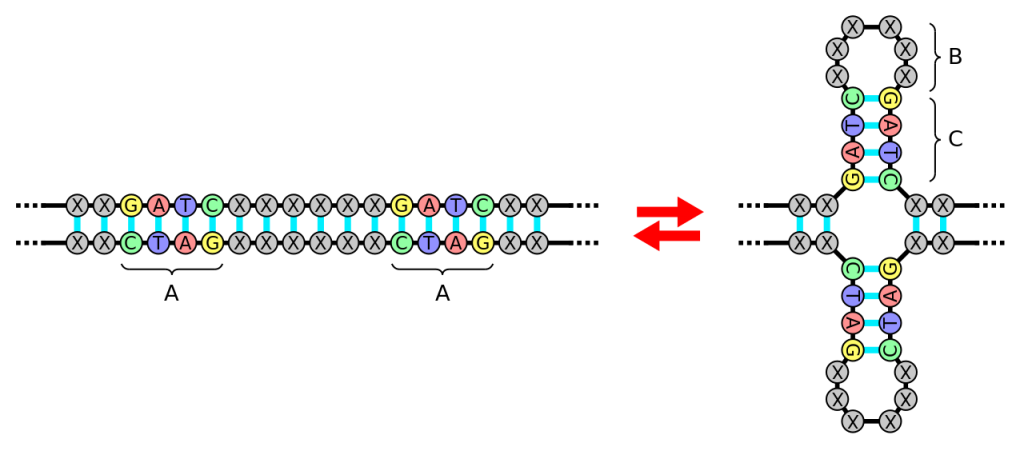
02-02-2020: The Day of the Palindrome
Recently, a lot of special events brought Sunday, February 2, 2020 to the attention of the world. These included the Super Bowl and Groundhog Day (no spoilers here on who won or shadows that were potentially seen or not seen). Groundhog Day has been officially newsworthy since 1886, where it was first featured in the Punxsutawney Spirit newspaper in Pennsylvania. The tradition of predicting either the end or continuation of winter based on a groundhog’s observance of its own shadow was likely observed prior to that by Pennsylvania Dutch settlers in the area. Another version featuring badgers instead of groundhogs extends even further back to their Germanic ancestors. The Super Bowl is a bit more recent, beginning as an AFL–NFL World Championship Game in 1967. The term “bowl” as a reference to a football game actually began with the Rose Bowl, in Pasadena, California in 1902, and over time came to refer to all major American football games. These annual occurrences are noteworthy without a doubt, but there was something even more unique about this February 2nd. The date, 02/02/2020, is a palindrome.
A palindrome is a word, phrase, or number that reads the same backwards as it does forward. The name Hannah, for instance, is also a palindrome. The word “palindrome” has Greek origins, from the roots palin meaning “back” or “again” and dromos meaning “to run”. It has been used in English as early as the 1600s, specifically referring to words or phrases. True eight-digit date palindromes are actually relatively rare, as 02/02/2020 is only the 4th one of the 21st century. The three previous ones included 10/02/2001, 01/02/2010, and 11/02/2011. When you omit the first two digits of the year, several more dates become valid. I imagine you can also find a different group if you use the day-month-year date format instead of the month-day-year format that is most common in the U.S.A.. For a fun listing of several English palindromic phrases, listen to Weird Al’s song “Bob” from his album Poodle Hat, released in 2003.
A palindrome can refer to pieces of music as well, where the second half of the composition mirrors the first half. One example of this is found in Joseph Haydn’s classical piece Symphony No. 47, commonly known as “Palindrome”. Another natural palindrome is found in science – palindromic sequences are nucleotide sequences that are considered palindromes when their components are equal to their reverse complement.

Whether you are a word-lover, math-lover, or music-lover, there’s a palindrome out there for everyone. So always remember this historic day and hopefully you discovered some fun family activity to celebrate. If you need a suggestion, come up with with a fun word palindrome and turn it into acrostic poem. If you are really clever, you could try making every line in the whole poem a palindrome. I am not that clever, but here’s an example nonetheless.
RADAR
Rain clouds go away
Allow the sun to shine today
Drive away the dark storm
Allow the sun to shine today
Rain clouds go away





Comments
Another interesting musical palindrome – the bass riff in “You Can Call Me Al” by Paul Simon is the same played forwards or backwards.